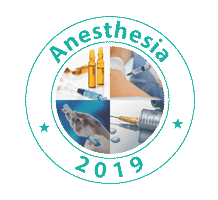Karol Szyluk
District Hospital of Orthopedics and Trauma Surgery, Poland
Title: Treatment of proximal humeral fractures-osteosynthesis and alloplasty of the shoulder joint
Biography
Biography: Karol Szyluk
Abstract
Fractures of the proximal humerus account for about 5-7% of all fractures. The incidence is approximately 70 per 100,000 per year, but rises to 400/100.000/ year in women over 70 years old. In women ≥80 years old, the incidence is third only to fractures of the proximal femur and of the distal radius. Despite the rapid development of surgical techniques and an increasingly perfect implant, the treatment of proximal humeral fractures is a serious challenge. Firstly, this is related to the extremely complex biomechanics of this anatomical region and the action of muscles attaching to tuberosity of the proximal humerus, which, by pulling, lead to the displacement of bone fragments. Secondly, it is due to anatomical factors such as blood supply and the morphology of the articular surface. Therefore, the following questions are still relevant: who needs surgery, when to operate, what technique to use, how to reduce the risk of complications. Imaging tests and the necessary use of available fracture classifications are certainly useful in making decisions, but is reliance on these criteria a guarantee of success? And finally, which patients need fixation with plates and who require alloplasty. The question is complex. Especially when the surgeon has at his disposal: anatomical shape and fully modular prostheses-the fourth generation

